Today is World Food Safety Day! Let’s inspire young people to take charge of their own healthy, safe meals.
When young people prepare their own meals and snacks they are doing more than feeding themselves. A study from the Journal of Nutrition Education and Behavior suggests that developing cooking skills while young may have long-term benefits in both health and nutrition into adulthood.* Confidence in the kitchen “led to fewer fast-food meals, more meals as a family, and more frequent preparation of meals with vegetables.”
While cooking, kids and teens develop fine motor skills and they also learn about food safety, nutrition, math and science. Time spent preparing meals “stirs” the imagination, and can lead young cooks to create their own recipes!
Basic food safety at home
Adults and teachers can introduce young cooks to basic safe food handling practices at the point they are learning to prepare food at home. The fundamentals include:
- Wash hands with soap and water for 20 seconds before preparing food.
- Wash cutting boards, dishes, utensils, and counter tops with hot soapy water after preparing each food item and before you go on to the next food.
- Rinse fresh fruits and vegetables under running water, including those with skins and rinds that are not eaten.
- Keep raw meat, poultry, seafood and eggs separate from cooked or ready-to-eat foods.
- Use a food thermometer to check that food is cooked to a proper internal temperature. Check out the Safe Minimum Temperature Chart.
- Refrigerate leftovers promptly at 40 °F or below.
Make sure all your recipes are SAFE recipes
A “safe” recipe includes basic instructions for handwashing, safe food handling, preparation and storage. These food safety prompts can be found in the Safe Recipe Style Guide.
If you are an amateur cook or a culinary professional, can you help spread the word about safe recipes? Here’s why it’s important!
Multiple studies show that when people follow recipes that incorporate basic food safety instructions, they significantly increase food safety behaviors. These behaviors and prevent a serious foodborne illness.
These tools can help you be an advocate for safe recipes:
- Use the Safe Recipe Style Guide to turn your favorite recipe into a safe recipe.
- Teach kids and teens how to build safe recipes with the virtual Safe Recipe Activity.
- Prepare a safe recipe in person or virtually with family and friends.
Celebrate World Food Safety Day!
We’re cooking up something special in honor of World Food Safety Day! Join the Partnership for Food Safety Education’s Facebook Live event to hear from Beau Coffron, the Lunchbox Dad, about his experience working to inspire and involve kids in the kitchen.
You’ll also meet the judges for the Young Cooks Recipe Challenge and hear the announcement of the recipe contest winners!
And, don’t miss the REVEAL of the new young cooks cookbook filled with recipes created by kids for kids!
Kids Cook Up a Healthy Tomorrow on World Food Safety Day!
Monday, June 7
7 p.m. Eastern
Mark your calendar, and bring the kids!
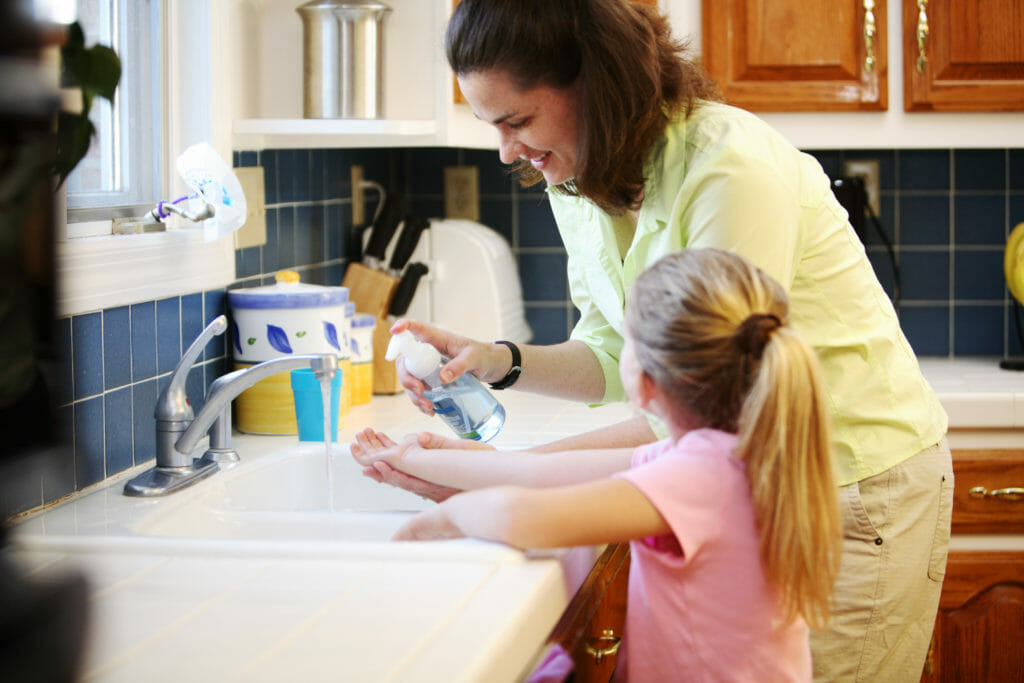
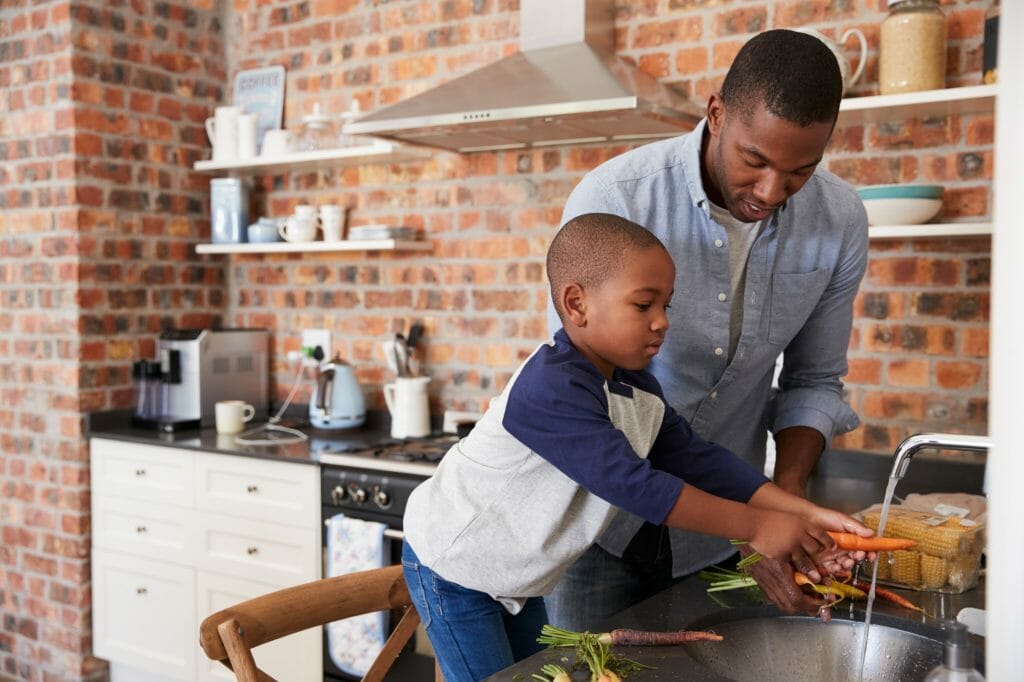
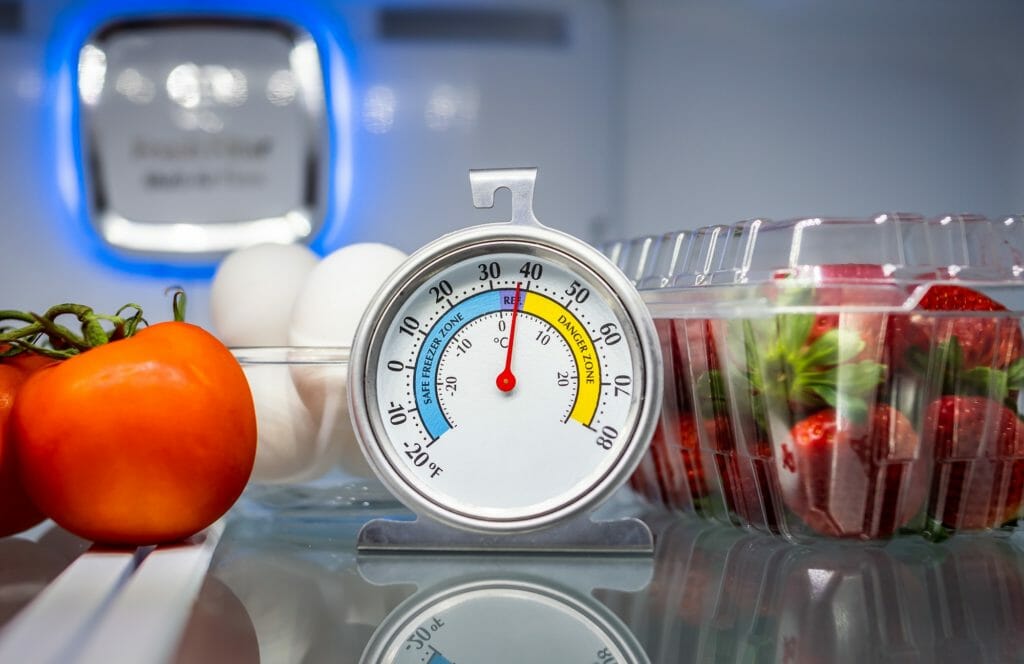
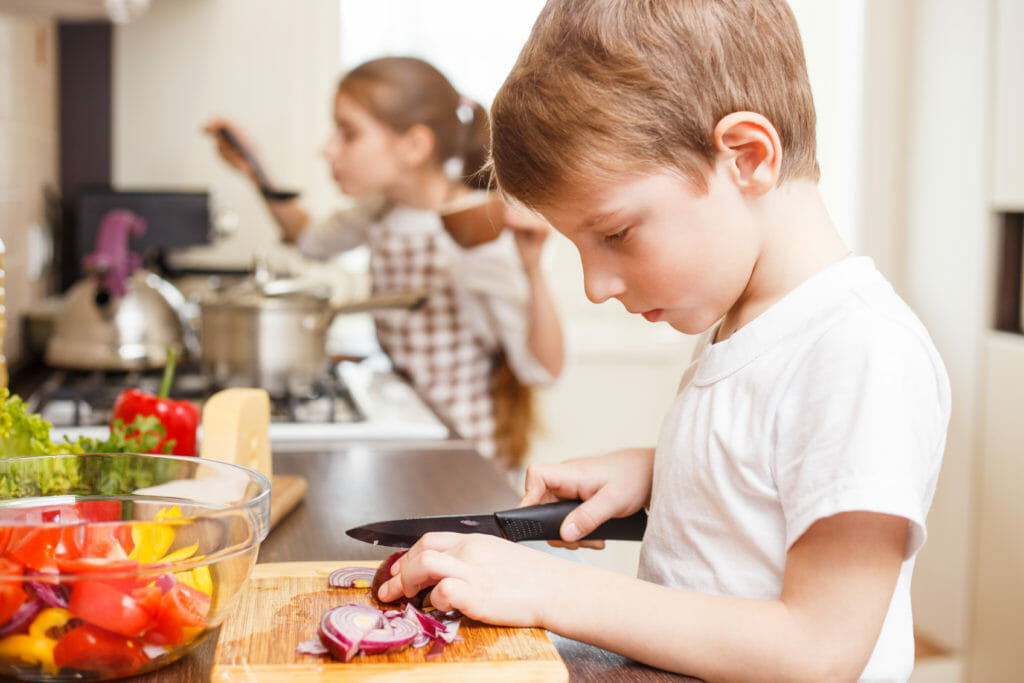
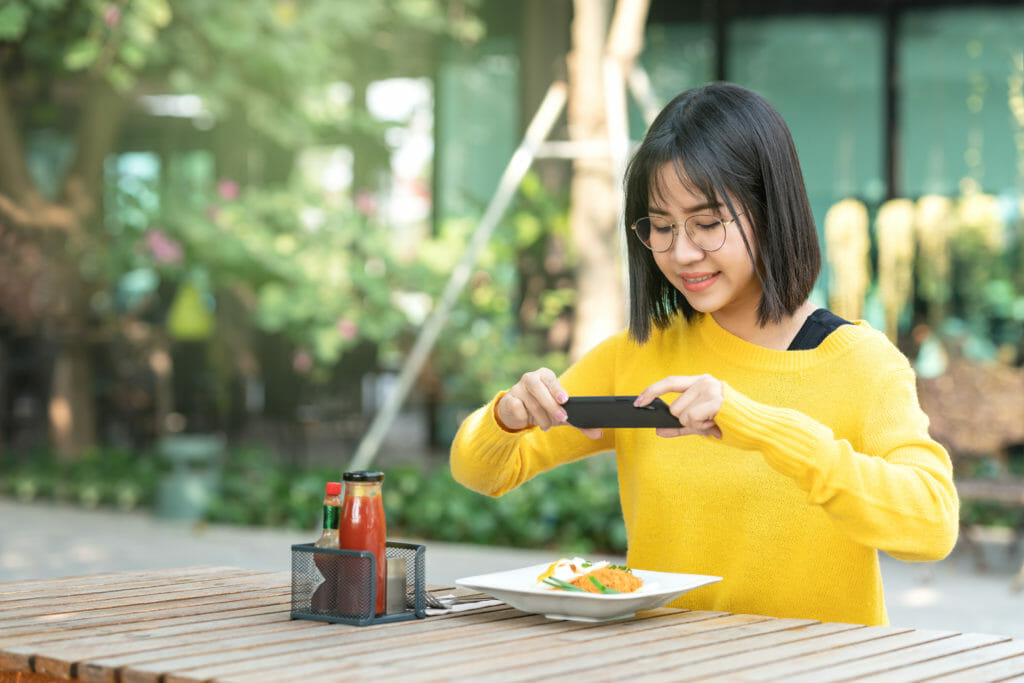
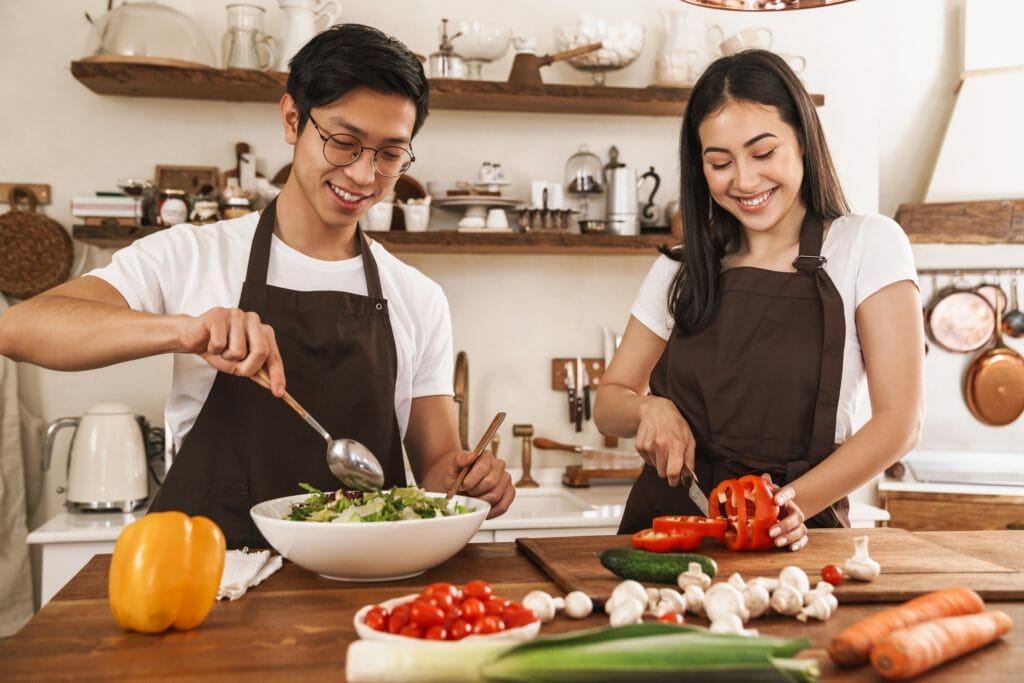
Shawnte Loeri is the Communications Associate with the Partnership for Food Safety Education. She enjoys cooking vegan meals with her family and friends. Shawnte can be reached at sloeri@fightbac.org.